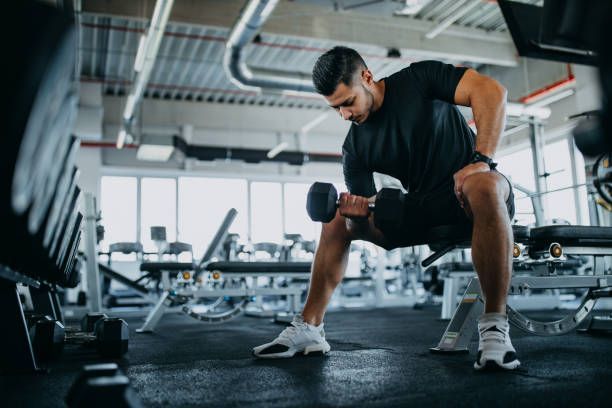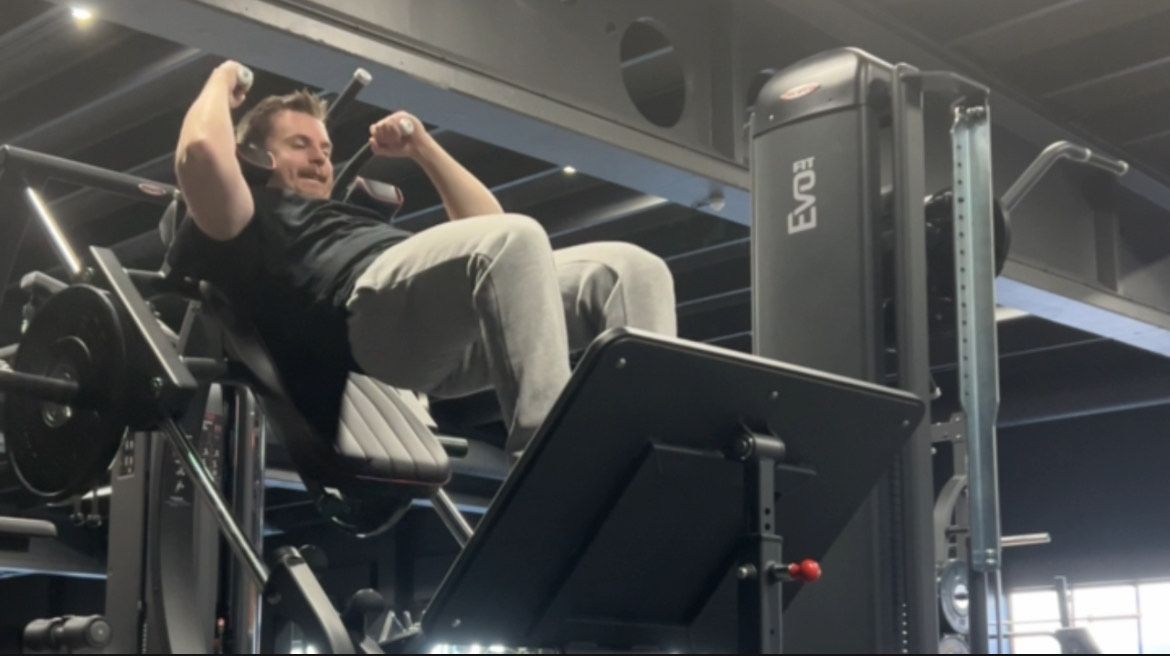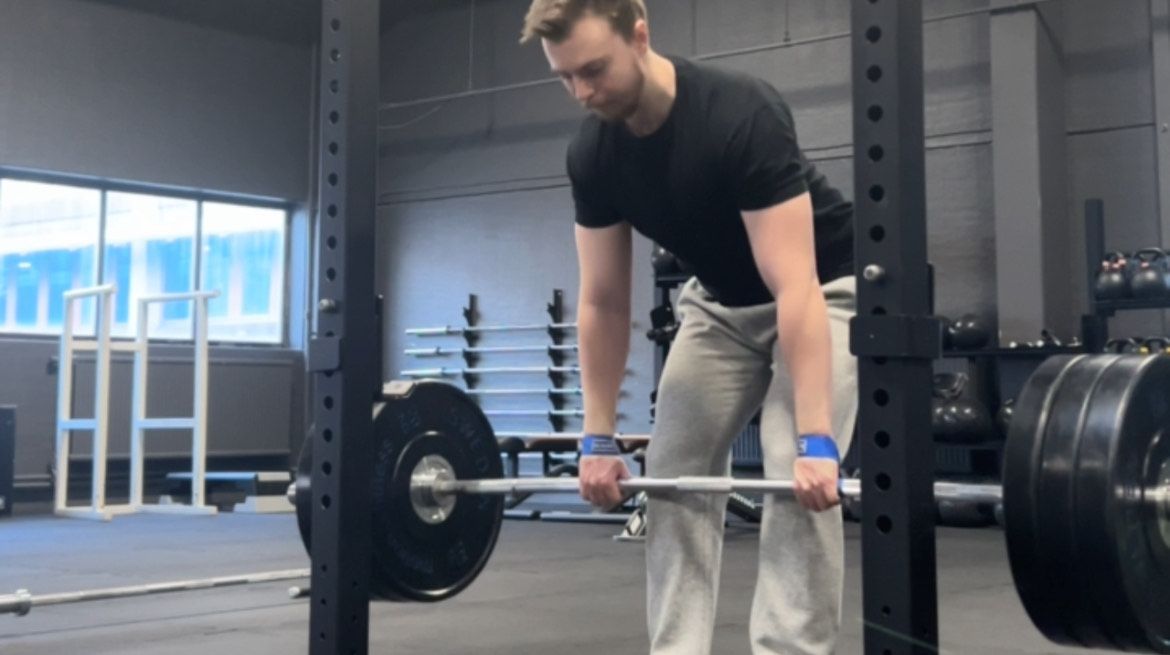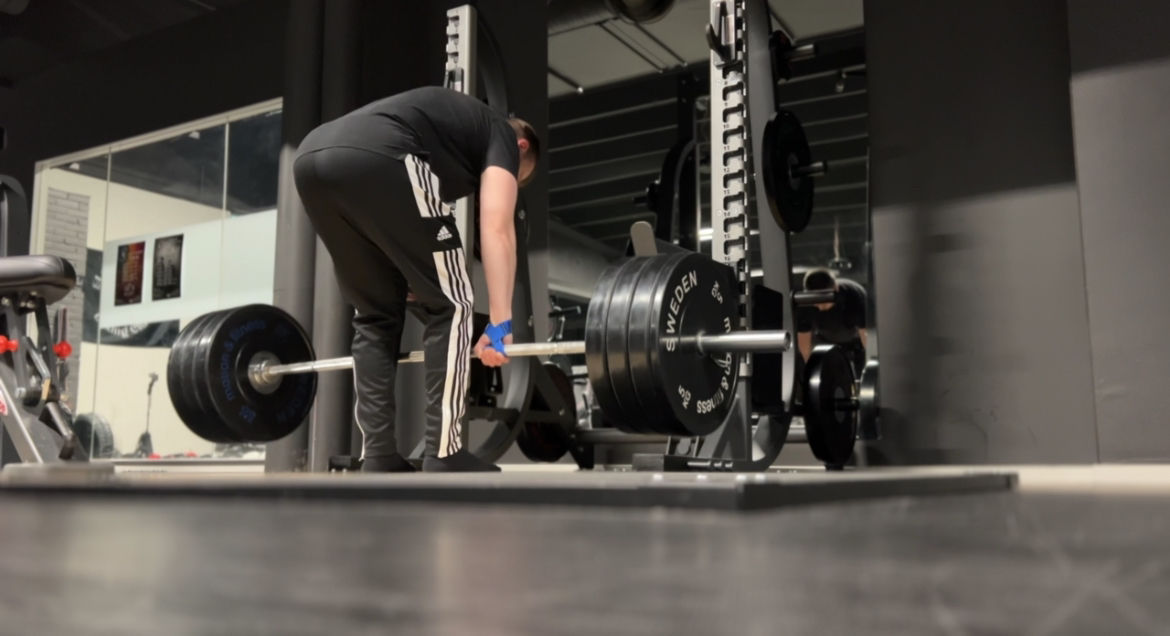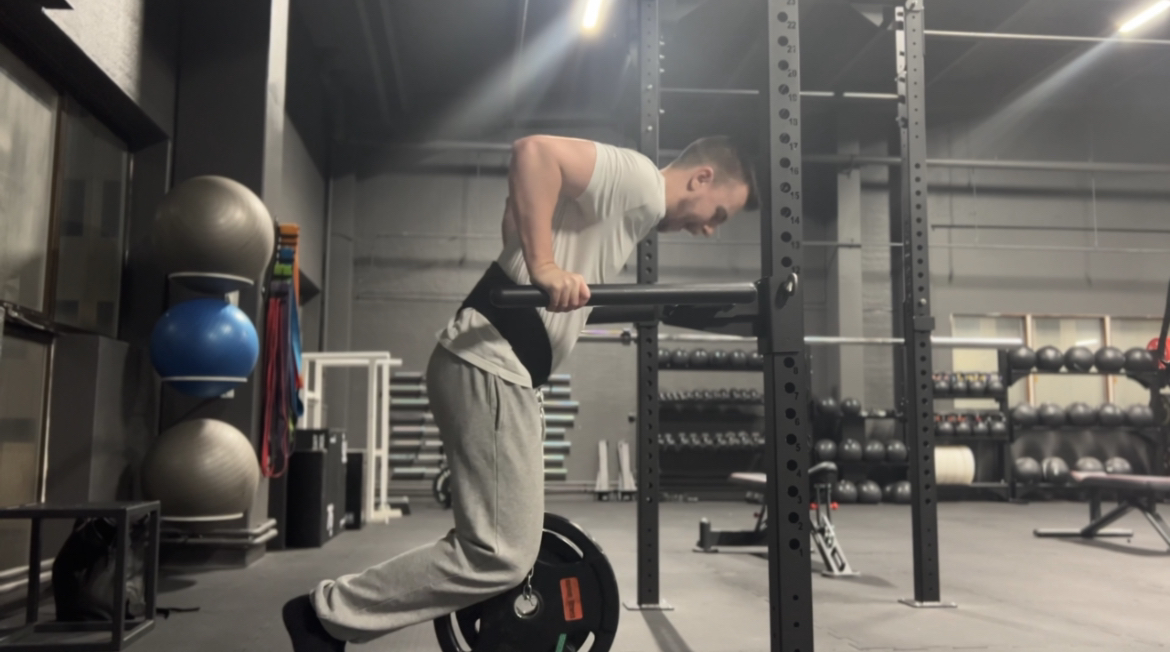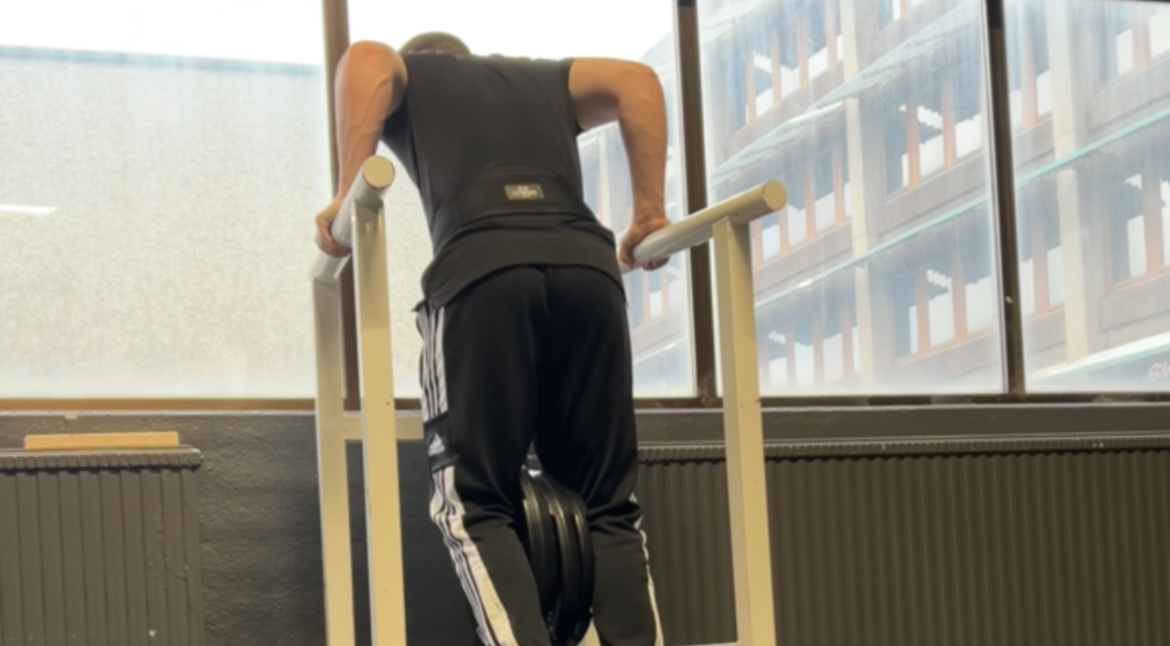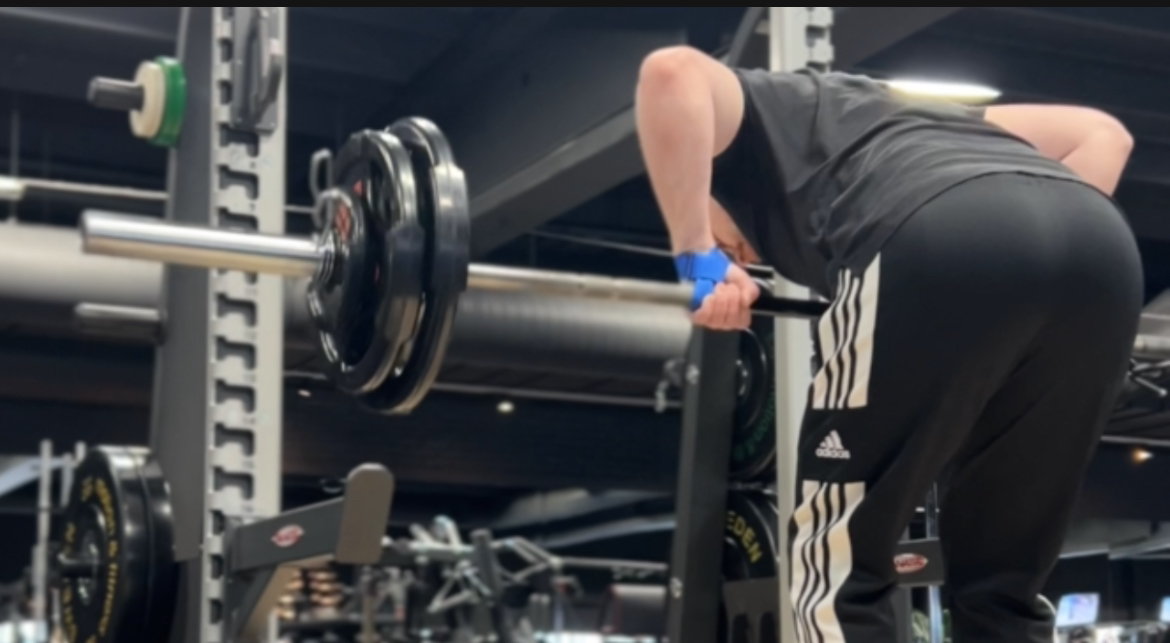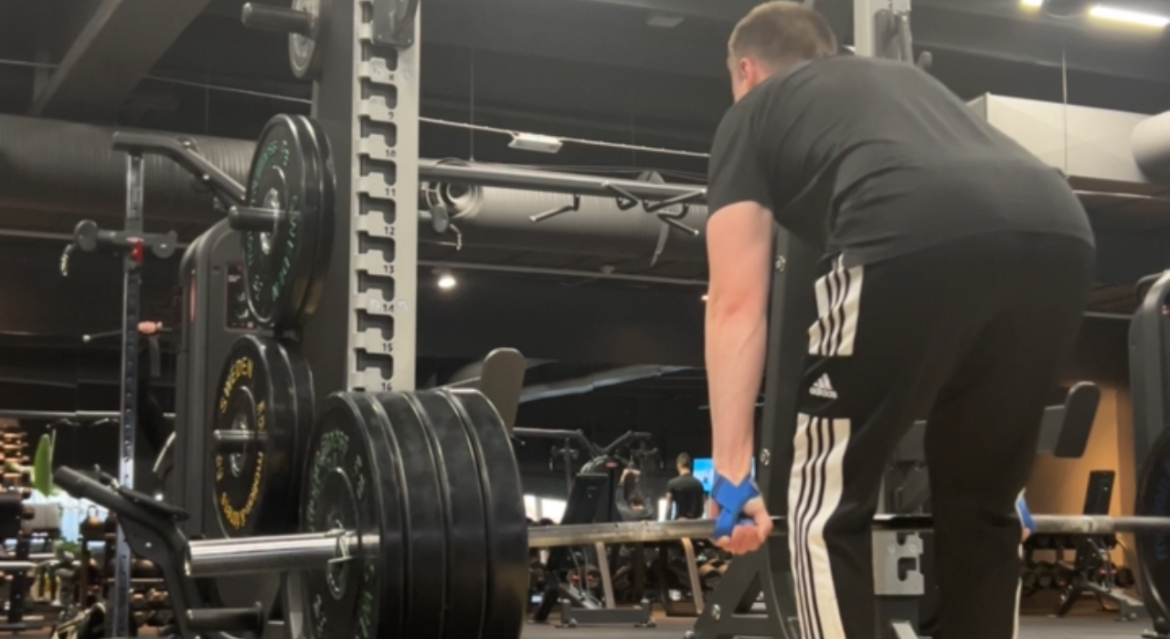The best glute exercises
The reverse lunge
The quest for sculpted, strong glutes has fueled the popularity of various exercises, each promising to deliver impressive results. Among these, the reverse lunge stands out as a powerhouse movement, often underestimated but unparalleled in its ability to target and transform the glute muscles. In this article, we delve into why reverse lunges reign supreme as the best exercise for unlocking your glute potential.
Understanding the Reverse Lunge:
- Movement Mechanics: Unlike traditional forward lunges, where you step forward with one leg and lower your body, the reverse lunge involves stepping backward and descending into a lunge position. This movement pattern places greater emphasis on the glutes and hamstrings, making it an ideal exercise for glute activation and development.
- Hip Extension: Reverse lunges require strong hip extension to return to the starting position after stepping backward. This extension motion engages the gluteus maximus—the largest muscle in the gluteal group—intensely, leading to significant activation and growth.
- Stability and Balance: Executing reverse lunges demands balance and stability, as you stabilize your body while stepping backward and lowering into the lunge position. This engagement of stabilizing muscles further enhances the effectiveness of the exercise, leading to greater muscle recruitment and development.
Why Reverse Lunges Are the Best Glute Exercise:
- Targeted Glute Activation: The reverse lunge places a primary focus on the glute muscles throughout the entire range of motion. As you step backward and lower your body, the glutes engage to stabilize the hips and control the movement. This targeted activation leads to optimal muscle growth and strength development.
- Symmetrical Development: Unlike some unilateral exercises that may result in muscle imbalances if performed exclusively on one side, reverse lunges promote symmetrical glute development. By alternating legs during each repetition, you ensure balanced muscle growth and prevent asymmetries.
- Functional Movement Pattern: The motion of the reverse lunge closely mimics activities of daily living and sports-related movements, such as walking, running, and climbing stairs. By strengthening the glutes in this functional movement pattern, you enhance athletic performance, improve balance, and reduce the risk of injury.
Benefits Beyond Glute Development:
- Engagement of Secondary Muscles: While the glutes are the primary movers in reverse lunges, the exercise also engages other lower body muscles, including the quadriceps, hamstrings, and calves. This comprehensive muscle activation results in a more efficient and effective workout for the entire lower body.
- Core Stability: Maintaining proper posture and stability during reverse lunges requires activation of the core muscles, including the abdominals and obliques. This added benefit improves core strength and stability, enhancing overall functional fitness and reducing the risk of lower back pain.
- Versatility and Accessibility: Reverse lunges can be performed virtually anywhere with minimal equipment, making them accessible to individuals of all fitness levels. Whether you're at the gym, at home, or outdoors, reverse lunges offer a convenient and effective way to target your glutes and lower body muscles.
Incorporating Reverse Lunges into Your Routine:
- Frequency and Volume: Incorporate reverse lunges into your lower body workout routine 2-3 times per week to ensure adequate stimulus for muscle growth and strength development. Aim for 3-4 sets of 8-12 repetitions per leg, adjusting the weight and intensity as needed.
- Variations: Experiment with different variations of reverse lunges, such as holding dumbbells or kettlebells for added resistance, or performing walking lunges to increase the challenge and complexity of the exercise.
- Progression: Focus on gradually increasing the resistance and difficulty of reverse lunges over time to continue challenging your glutes and promoting muscle growth. This progression can involve increasing the weight used, performing more challenging variations, or incorporating plyometric elements for an extra challenge.
Conclusion:
Reverse lunges stand out as the ultimate glute exercise, offering unparalleled benefits for muscle activation, development, and functional strength. By incorporating reverse lunges into your workout routine and focusing on proper form, progression, and volume, you can unlock your glute potential and achieve the sculpted, strong lower body you desire. Embrace the power of reverse lunges and witness the transformative effects they have on your glutes and overall fitness.
